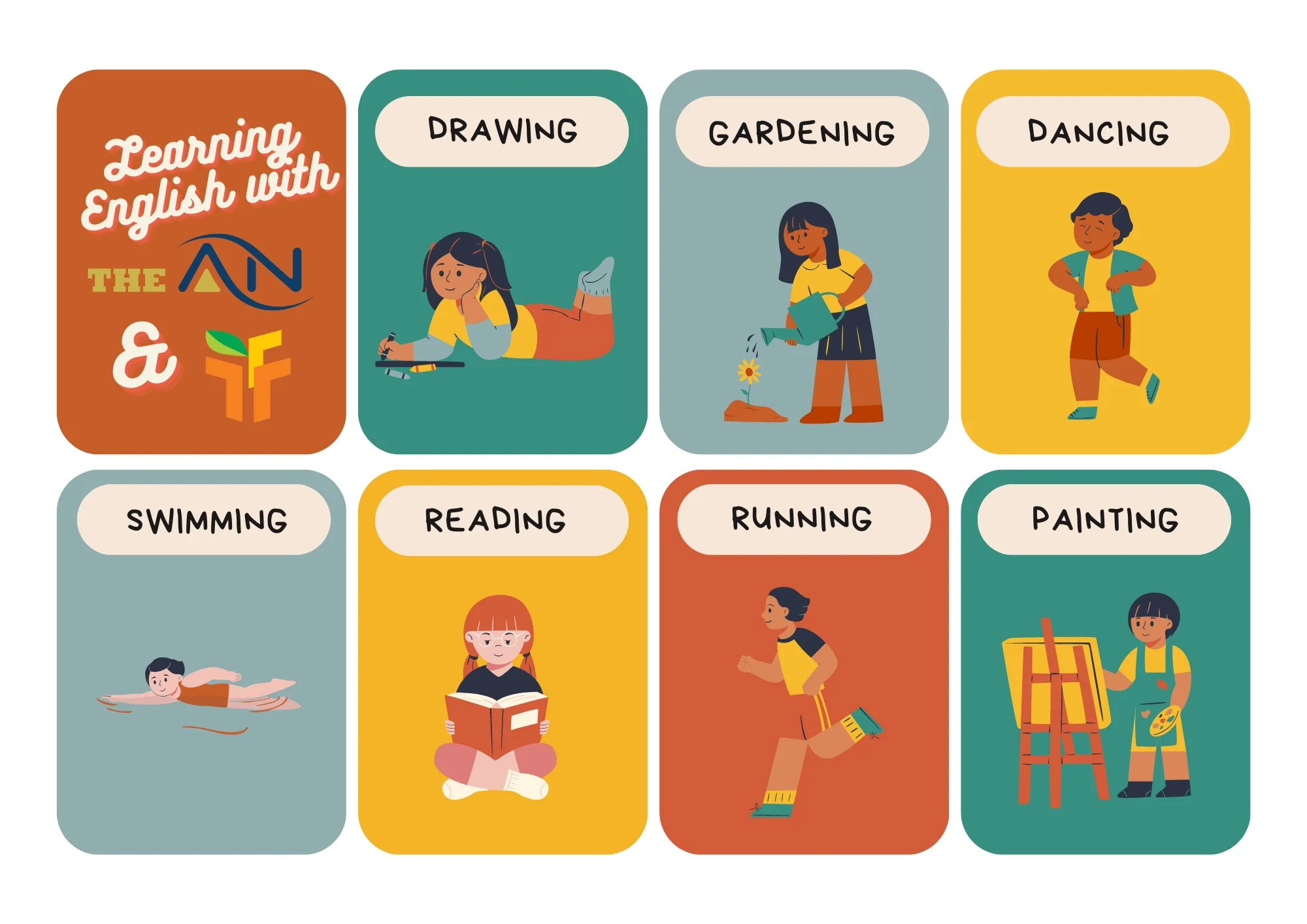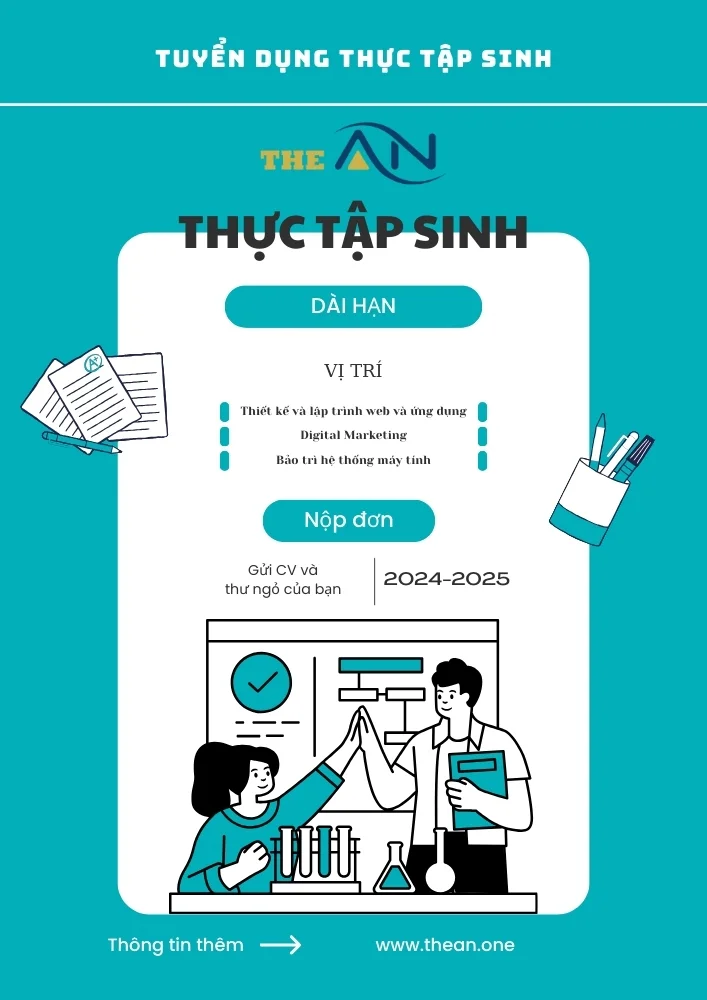What is A Gerund? Definition and Examples

Understanding the difference between a gerund and other parts of speech is an important step in perfecting your grammar and writing skills. A gerund is a verb form used in the third person, meaning it’s used as a noun. The form of the gerund is not really that important, because this blog post is about how it functions in English sentences. Gerunds can be used as nouns, adjectives, or verbs. In this article, I will explain what a gerund is, provide definitions, and include examples to help you easily grasp the concept. Read on to learn more about how a gerund can add complexity and clarity to your sentences!
What is a gerund?
Gerund Definition
A gerund is a type of verbal noun that functions as a verb in a sentence. It is formed by adding -ing to the base form of a verb, and it is often used to express an action or to describe a state of being. Gerunds can be used in many different ways, such as subjects, objects, and modifiers. They are often used to describe ongoing processes or repeated actions.
Gerund Examples in a Sentences
You must have noticed this in many sentences where there is a verb which acts as a noun- they end with “-ing”; can be used as the subject or object(s) of the sentence. They are the gerunds. For example, “Running is good exercise.” Here, “running” is a gerund used as the subject of the sentence.
Another example is “I enjoy swimming.” Here, “swimming” is a gerund used as the object of the sentence. Gerunds can also be used in phrases, such as “by running” or “for swimming.”
What is a Gerund Phrase?
A gerund phrase is a phrase that starts with a gerund, which is a verb in its present-participle form (ending in -ing). In a gerund phrase, the gerund is used as a noun and acts as the subject of the sentence or part of the object. It can also be used to modify another noun or pronoun in the sentence. Gerund phrases usually add information to the sentence and can make it more descriptive or interesting.
Gerund Phrase Examples
A Gerund phrase is a combination of a gerund and any modifiers or objects associated with it. A gerund is a verb form that ends in ‘ing’ and acts as a noun in a sentence. Gerund phrase examples include “singing in the shower”, “dancing at the party”, and “cooking dinner”. These phrases can be used to describe actions, activities, or hobbies.
Gerund phrases can also act as the subject or object of a sentence. For example, “Singing in the shower is one of my favourite activities” is a sentence with a gerund phrase as the subject. Look at the phrase carefully, “singing in the shower” – you are right, that’s a gerund phrase.
Types of Gerunds
There are three types of gerunds:
- Adjectival gerunds: These are used to describe a noun or noun phrase. For example, “a beautiful dress,” or “a powerful car.”
- Prepositional gerunds: These are used to modify a verb or preposition, as in “to go shopping,” or “to take a stroll.”
- Conjunctive gerunds: These are used to connect two sentences by adding a connector such as and, but, for example, “I would like to go out with you tonight but I’m too busy.”
Gerunds vs Infinitives
Gerunds and infinitives are the two parts of a sentence that make up a clause. They’re often confused, and this confusion can lead to mistakes in writing.
The difference between gerunds and infinitives is that while gerunds act as nouns (like “running” or “dancing”), infinitives are verbs. Here we’ll explain the things with proper examples for each of them:
Gerund: I am running around the living room.
Infinitive: I should go running around the living room.
The difference between them isn’t just how they look; it’s also about how you use them.
Functions of Gerund
Gerunds are an essential part of the English language. They have many useful functions, such as serving as the subject of a sentence, being used as an object of a preposition, or expressing the purpose of an action. Gerunds can also be used to express a continuous action or indicate a habitual action. Lastly, they can be used to express conditions, doubts, and suppositions.
List of Gerunds
-ing is the most common gerund, and it’s also the one you’ll use most often. This is because it’s the gerund form of most verbs. If you have a verb that ends in -ing (like playing), then you’ll use a gerund instead of an infinitive.
Other verbs that end in -ing include:
- -ing to do something
- -ing to be doing something
- -ing with someone
- -ing with something
- -ing on something or someone
Conclusion
A gerund is a grammatical form that acts as both a noun and a verb in the same sentence. Understanding how to use it properly requires some study, but thankfully, there are lots of examples available to help you get a better grasp on how it works. Once familiar with this grammar structure, gerunds can be used to create interesting and complex sentences that impress your friends and communicate more effectively.
FAQs (Frequently Asked Questions) On Gerunds
Ans. Sometimes in a sentence, you’ll see verbs that are acting as nouns- they are the gerunds. It is created by adding the suffix “-ing” to the end of the verb.
Ans.
- The verb to be
- The gerund ending in -ing
- The gerund ending in -tion
- Gerunds that end in -ence
- Gerunds that end in -ing
Ans. The three types of gerunds are:
- The present participle
- The perfect participle
- The progressive participle
Ans. The term gerund is a noun that describes the action of completing a sentence. The word gerund comes from the Latin verb “Gero,” which means to work. Thus, the term gerund describes what is working, and how it works.
Quý anh/chị đang tìm kiếm một doanh nghiệp uy tín cung cấp dịch vụ Công Nghệ Thông Tin như Thiết kế và lập trình website, Digital Marketing, hoặc dịch vụ Bảo trì và chăm sóc hệ thống máy tính, ...? Đừng ngần ngại hãy liên hệ với The ÂN qua số điện thoại (+84).326.418.478 để được tư vấn cụ thể, hoặc liên hệ qua mẫu tin.
Các thông tin nổi bật khác:









